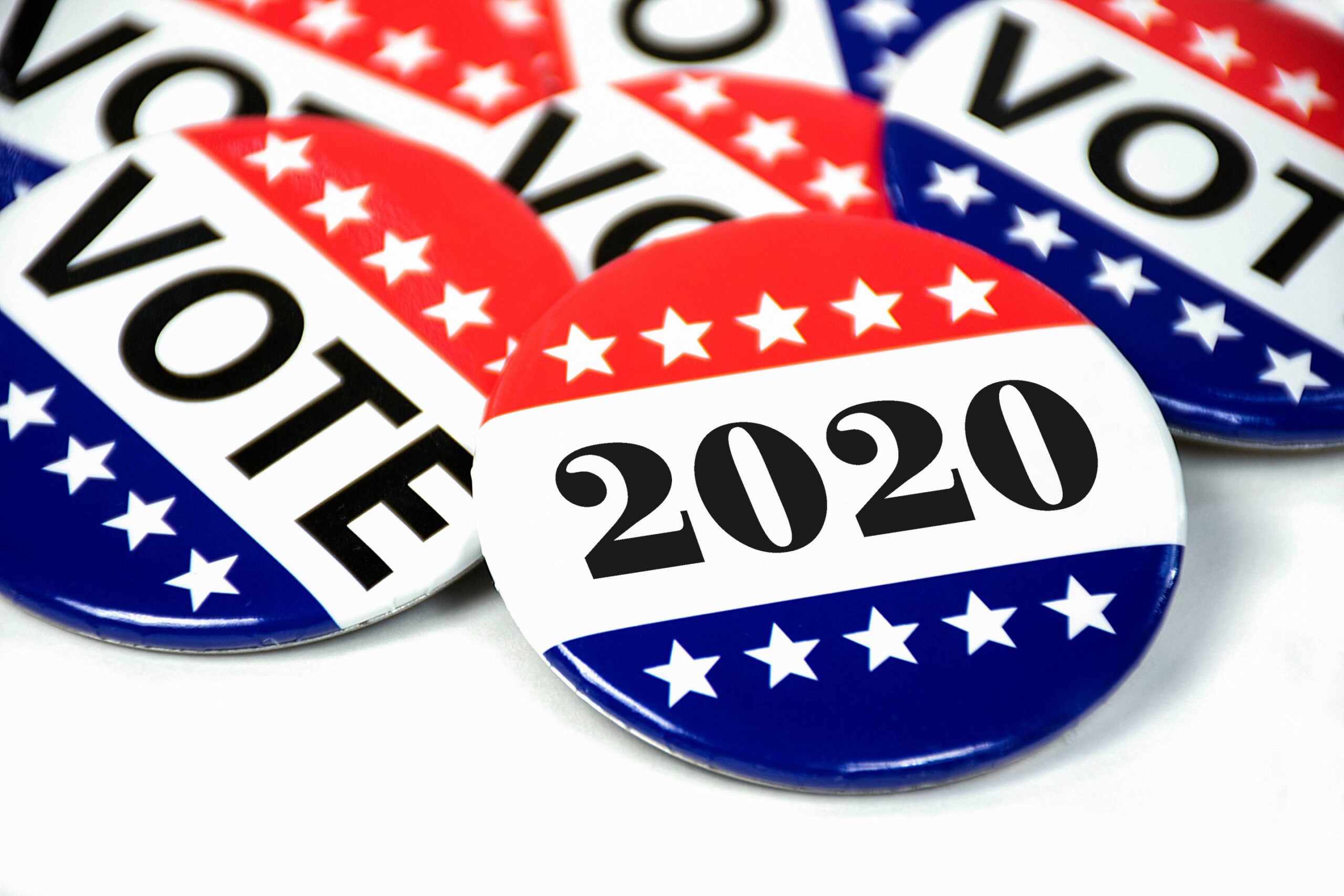2020 was the pandemic year, but it was also an election year. And while Trump-Biden dominated the headlines, state-level elections with more direct bearing on our day-to-day lives were also on the ballots, to affect what takes place under our dome in Charleston.
Governor’s race
Since he took office in 2017 — as a Democrat — Gov. Jim Justice was the subject of daily criticism for his preference to live in his Lewisburg home and spend as little time as possible in the governor’s mansion and Capitol office. His absence was especially noticeable during legislative sessions.
He was criticized by both parties and that didn’t change after he switched to Republican. In June 2019, Senate Finance chair Craig Blair (soon to be Senate president) told MetroNews, “I finally realized he was more concerned about coaching basketball than he is taking care of the state of West Virginia.”
Blair and Justice later made up, but that reflects the level of frustration at the time.
So it was no surprise that the governor’s race drew six GOP and five Democrat challengers for Justice’s re-election bid. Justice’s former Commerce Secretary Woody Thrasher — also a former Democrat — topped the GOP list. Justice once called Thrasher a “superstar” but they parted on bad terms and the primary campaign was bitter.
Two Democrats emerged as front-runners for the blue team: Progressive Healthy Kids and Families Coalition Director Stephen Smith and more centrist Kanawha County Commissioner Ben Salango.
All three of those challengers often cited Justice’s absence from his office as a reason for defeating him.
Challenges raised by the pandemic pushed the primary date from May to June 9. The pandemic also helped reverse Justice’s absentee landlord image as he took the helm of the pandemic response. He held his first briefing on March 11, just days after the legislative session ended. For weeks, they were daily, Monday to Friday; eventually he cut back to Monday-Wednesday-Friday.
Justice made occasional trips around the state to pass out grants and awards, but he was a daily presence at the briefings. Thrasher campaigned across the state for a time, but never gained traction. As the pandemic worsened and travel was restricted, all candidates suffered and had to find alternative ways to campaign — except Justice, who stayed visible at his briefings and asserted several times he’d never visited his Charleston campaign office.
When June 9 came, it wasn’t close. Justice tallied nearly 63% of the votes. Thrasher received just over 18%. The third-place candidate received just over 12%. Justice scored 54,209 more votes than all six challengers combined.
On the Democratic side, Salango tallied just shy of 39% of the vote to win the nomination. Smith came in a close second, just shy of 34%. The votes for the remaining three candidates totaled together fell short of Smith’s tally.
Now on the road to November, Salango campaigned within the confines imposed by the pandemic while Justice remained in the public eye steering the pandemic response and leading the nation in terms of response tactics and statistics.
Justice regularly asserted his eye was on keeping the state whole and healthy, not on politics. That turned out to be great politics: Come Nov. 2 the voters awarded him an overwhelming victory, with nearly 65% of the vote compared to Salango’s 31%.
Legislative races
The state’s red shift accelerated, reflected in the overwhelming GOP victories on Nov. 2.
While President Trump lost to Joe Biden nationally, Trump won West Virginia handily, with nearly 69% of the vote.
In the Legislature, the state Senate GOP majority grew from 20-14 to 23-11. Of 17 seats up for election, Republicans won 14, with two of those uncontested.
In the House of Delegates, Democrats took a significant whomping. The GOP majority swelled from 58-41 (with one Independent who caucused with the Republicans) to 76-24 (the Independent made a failed run for governor).
The GOP majority then again grew by 1, to 77-23. Incumbent Democrat Delegate Jason Barrett, who defeated his 61st District GOP opponent 58% to 42%, announced on Dec. 11 his switch to the GOP.
Two local races helped tip the balance. Marion County’s three-seat 50th District was a longtime Democratic stronghold. The changed briefly for the 2017 and 2018 sessions, after Republican Guy Ward won a term in office in 2016. Democrat Michael Angelucci bumped him out in the 2018 election.
But in November Ward returned, taking the top spot. Another Republican, Phil Mallow, who previously ran unsuccessfully in 2014, 2016 and 2018, took the second spot. Democrat Joey Garcia, who previously served as deputy legal counsel and legislative director under Gov. Earl Ray Tomblin, took third place. Angelucci was bumped and the other two Democrat incumbents sought and won other offices.
And in Monongalia County, the Democratic Fab 5 will become the Fab 4, as one former GOP delegate earned a return to office. The district has a history of change. In 2012, three Democrats and two Republicans won seats. The balance shifted to four Republicans and one Democrat in 2014, then back to three Democrats and two Republicans in 2016.
The 2018 election saw it go all Democrat. The 2020 election saw one of those Democrats bumped. The new lineup (and the last five-member lineup as redistricting in summer 2021 will create 100 single-member districts for the Legislature that takes office in 2023) consists of Democrats Barbara Evans Fleischauer, Evan Hansen, Danielle Walker and John Williams, and Republican Joe Statler.
In the Senate, nothing changed locally in terms of the party balance. The Republican incumbents won their races in the 2nd and 14th Districts and Marion Democratic Delegate Mike Caputo won election to the 13th District seat, succeeding Minority Leader Roman Prezioso, who retired.
Tweet @dbeardtdp




